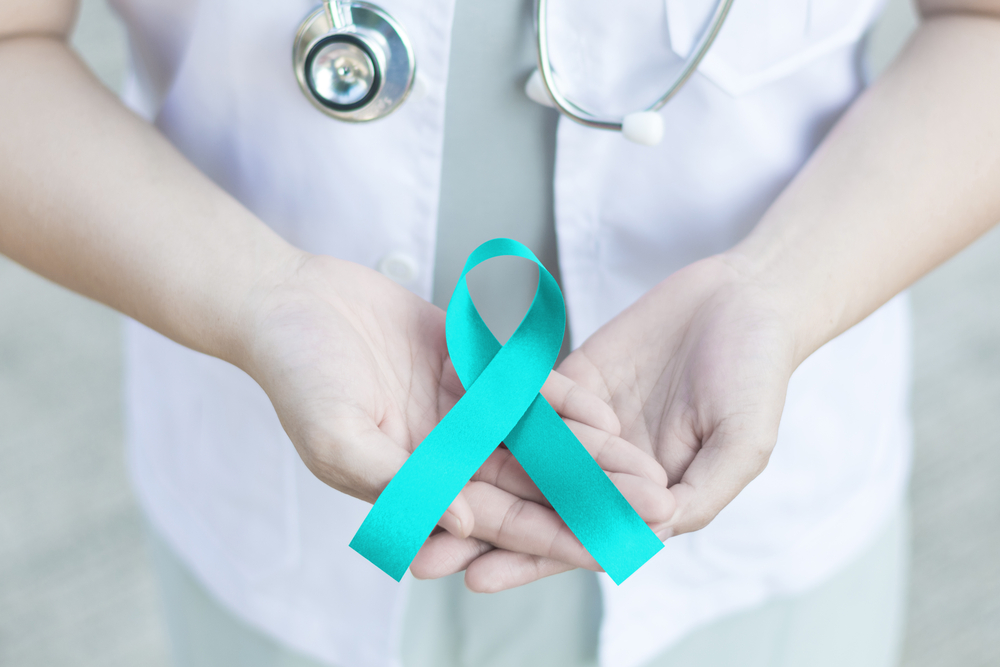TYPES
Presently, there are around 150 diverse types of ectodermal dysplasias. In an aim to categorize these, the various subgroup is generated based on the absence or presence of the four main (ED) ectodermal dysplasia abnormalities:
- (ED1) Hair dysplasia/trichodysplasia
- (ED3) Nail dysplasia/onychodysplasia
- (ED4) Sweat gland dysplasia/dyshidrosis
These types of ectodermal dysplasia are due to the deletion or mutation of specific genes found on diverse chromosomes. Since ED is due to hereditary defects, they might be passed down or inherited in the family.
In some cases, they can manifest in people who do not have a family history of the disease, indicating that a novel mutation has occurred.
SYMPTOMS
The indications of ectodermal dysplasia vary. However, symptoms are not often apparent in babies and might not be discovered until childhood or infancy.
Typically, ectodermal dysplasia influences the primary organs and causes different indications.
Hair
- Curly, brittle, and twisted hair
- Scalp and hair may be sparse, thin, and light in color
Teeth
Nails
- Nails may occasionally not be present
- Thick toenails and fingernails with unusual shape and appearance
- Cuticles might be at risk of infection
Other symptoms include:
- The skin might be dry and prone to infection or rashes
- Bad smelling nasal discharge
- Lightly pigmented skin
- Missing toes or fingers
- Lack of breast development
- Respiratory infections
- Cleft lip and palate


